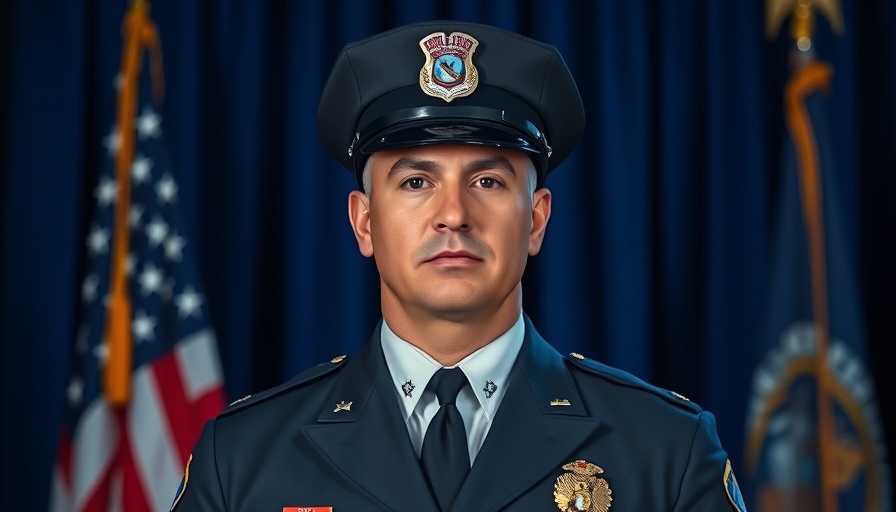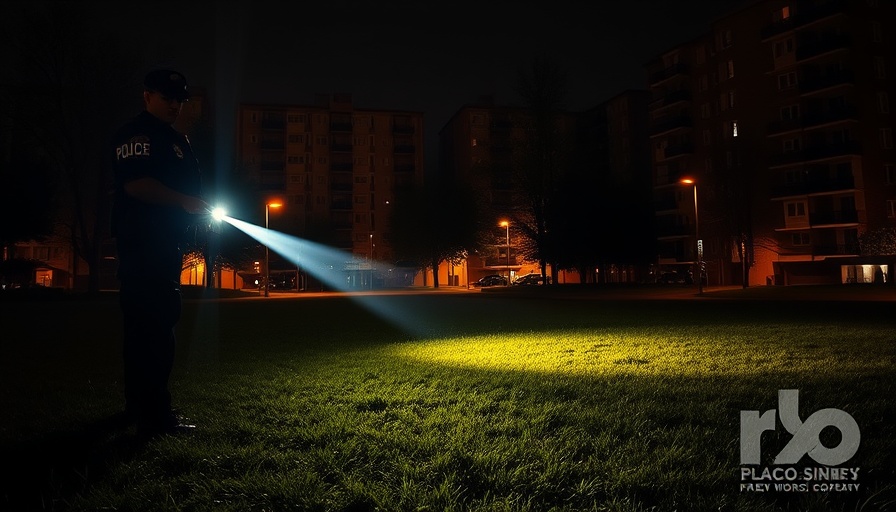
The Tragic Consequences of Police Violence
The recent incident involving the tragic death of Deputy Larry Henderson in Cincinnati highlights the disturbing cycle of violence that can ensue from police encounters. Struck intentionally by Rodney Hinton Jr., whose own son was killed by police just one day prior, this event shines a stark light on the consequences of escalating tensions between law enforcement and the community. As a retired officer with an esteemed career, Henderson's loss is felt deeply throughout the community, not just for the personal tragedy it represents, but for its implications on public safety and police accountability.
Understanding the Impact of Officer-Involved Shootings
Officer-involved shootings (OIS) have become a focal point of public debate, leading to discussions about police reform and accountability. The shooting of 18-year-old Ryan Hinton by Cincinnati police during a pursuit was a catalyst for his father's subsequent actions. This incident underscores questions about police use of force and the subsequent actions that may arise from perceived injustices in law enforcement. Such events prompt urgent discussions around the need for enhanced training for police officers on de-escalation techniques, particularly in high-tension scenarios.
The Role of Body Cameras in Enhancing Police Accountability
Body cameras have been posited as a solution to reduce instances of misconduct among police departments. The public has increasingly called for transparency in law enforcement, and video evidence from body cameras can serve as a critical tool in providing transparency for both officers and civilians. The heartbreaking context of Deputy Henderson’s death, paired with the recent OIS of Hinton, could potentially shape future policies governing body camera usage in the area, thereby reinforcing trust between the community and law enforcement.
Community Relations: Navigating Trust and Tension
The tensions illustrated by the deaths of Deputy Henderson and Ryan Hinton point to the necessity for strong community relations within law enforcement. Building bridges between police departments and marginalized communities is key to fostering understanding and reducing conflict. Police profiling and disparities in enforcement tactics often result in severe consequences, as seen through this tragic incident. Community forums and engagement initiatives could serve as essential components in rebuilding trust and promoting healthier interactions moving forward.
The Importance of Officer Wellness and Mental Health
This heart-wrenching incident emphasizes the often-overlooked issue of officer wellness and mental health. The pressures surrounding law enforcement jobs can lead to increased stress, impacting decision-making in critical situations. As police departments navigate the aftermath of incidents like these, they must also prioritize support programs for officers, ensuring that their mental health is addressed. By fostering environments that facilitate mental health support and resilience, departments can better prepare their officers for the challenges they face daily.
Call to Action: Reforming Police Practices for a Safer Future
The incidents surrounding the deaths of Deputy Henderson and Ryan Hinton reveal systemic issues within law enforcement that demand immediate attention. It is crucial for police departments to evaluate current training programs and implement reforms that address community relations, officer wellness, and accountability measures. By prioritizing these changes, law enforcement can begin to mend relationships with the community and prevent further tragedies.
 Add Row
Add Row  Add
Add 

 Add Element
Add Element  Add Row
Add Row 




Write A Comment